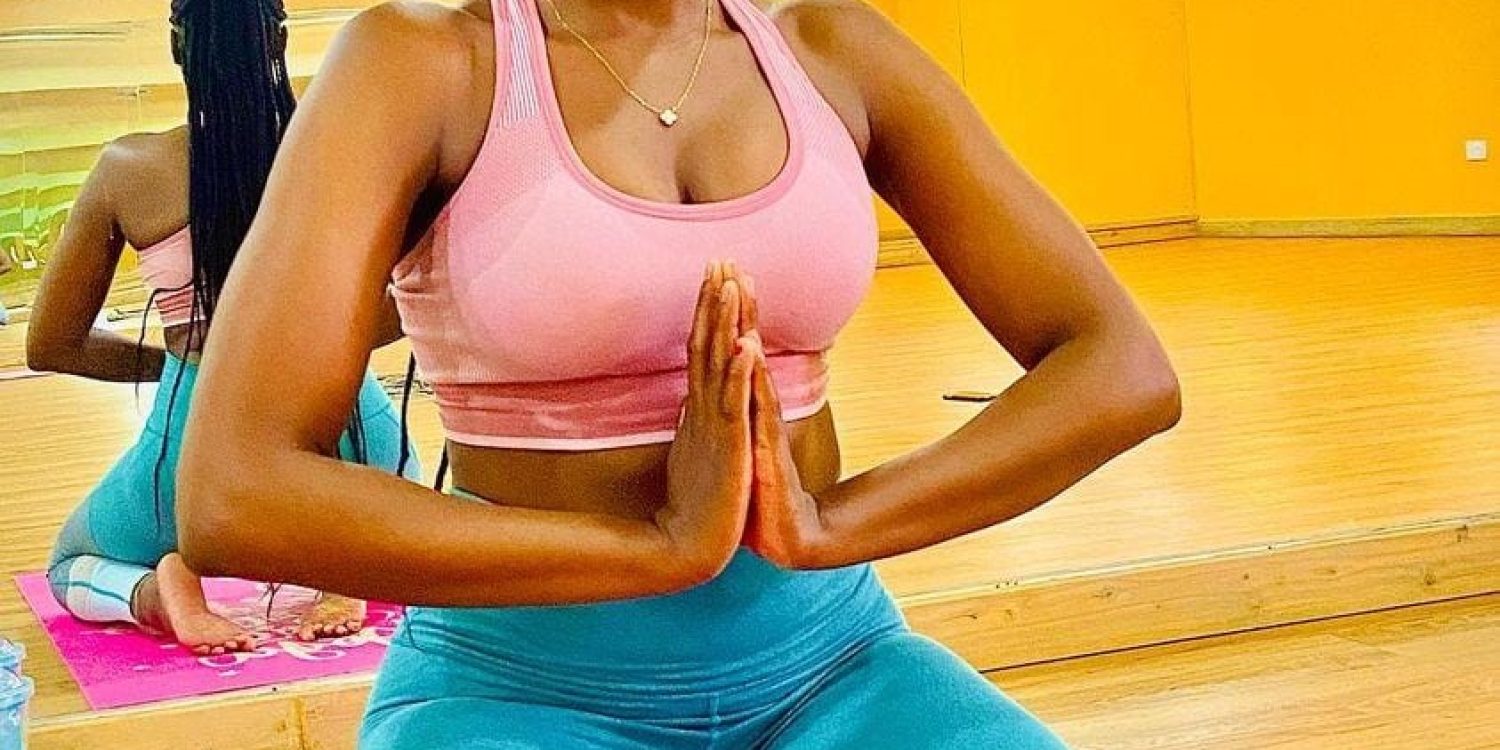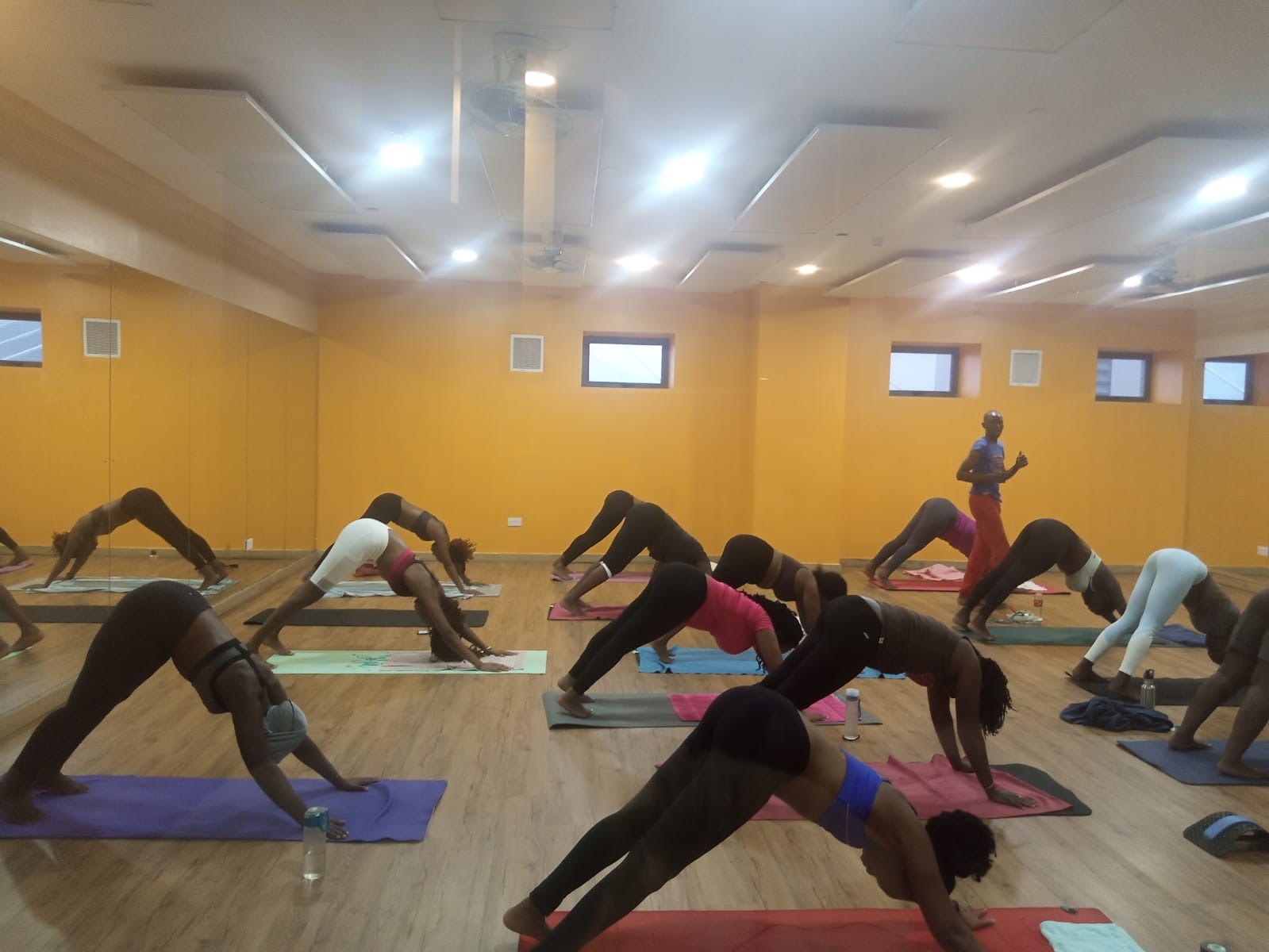Take a deep breath in. Now let it out slowly. Feels good, doesn’t it? That simple act—something we do about 20,000 times a day—holds the key to unlocking energy, calmness, and transformation in your yoga practice. Welcome to the world of pranayama, the ancient art of yogic breathing. Whether you’re a beginner or a seasoned yogi, mastering your breath can take your practice to the next level.
Why Breath Matters in Yoga
Breath is the bridge between your body and mind. In yoga, it’s not just about moving through poses; it’s about syncing your movements with your breath. Here’s why breathwork is so powerful:
- Boosts Energy: Proper breathing increases oxygen intake, fueling your cells and giving you a natural energy boost.
- Calms the Mind: Deep, controlled breaths activate the parasympathetic nervous system, reducing stress and promoting relaxation.
- Enhances Focus: Concentrating on your breath keeps you present, sharpening your focus during practice.
- Supports Physical Performance: Efficient breathing improves circulation, helping your muscles work better and recover faster.
Key Pranayama Techniques to Try
Pranayama isn’t a one-size-fits-all practice. Here are some techniques to explore, each with its unique benefits:
- Rhythmic Breathing: Sync your breath with your movements to create a flow-like state. Perfect for Vinyasa flow in heat or Hot Power Yoga.
- Anulom Vilom (Alternate Nostril Breathing): Balances the nervous system, calms the mind, and promotes heart health.
- Kapalbhati (Skull Shining Breath): A dynamic technique that cleanses the respiratory system, boosts metabolism, and enhances mental clarity.
- Bhastrika (Bellows Breath): Energizes the body by increasing oxygen levels and clearing toxins.
The Stages of Yoga Breathing
Understanding the stages of yogic breathing can deepen your practice:
- Inhalation (Puraka): Fills your lungs with oxygen, energizing your body.
- Retention (Kumbhaka): Holds the breath, allowing oxygen to be absorbed and energy to build.
- Exhalation (Rechaka): Releases carbon dioxide and toxins, creating space for fresh energy.
A typical ratio for these stages is 1:4:2 (inhale:hold:exhale ), but this can vary based on the technique and your comfort level.
How to Get Started with Pranayama
- Start Simple: Begin with deep breathing or rhythmic breathing to build a foundation.
- Practice Mindfully: Focus on the sensation of your breath—its depth, rhythm, and flow.
- Be Consistent: Even 5-10 minutes of daily practice can yield significant benefits.
- Listen to Your Body: If a technique feels uncomfortable, ease off and try a gentler approach.
So, if you’re in Nairobi and searching for the best heated yoga classes in Nairobi, head to Sweat Hot Yoga Studio at Two Rivers Mall. Your body, mind, and breath will thank you.












